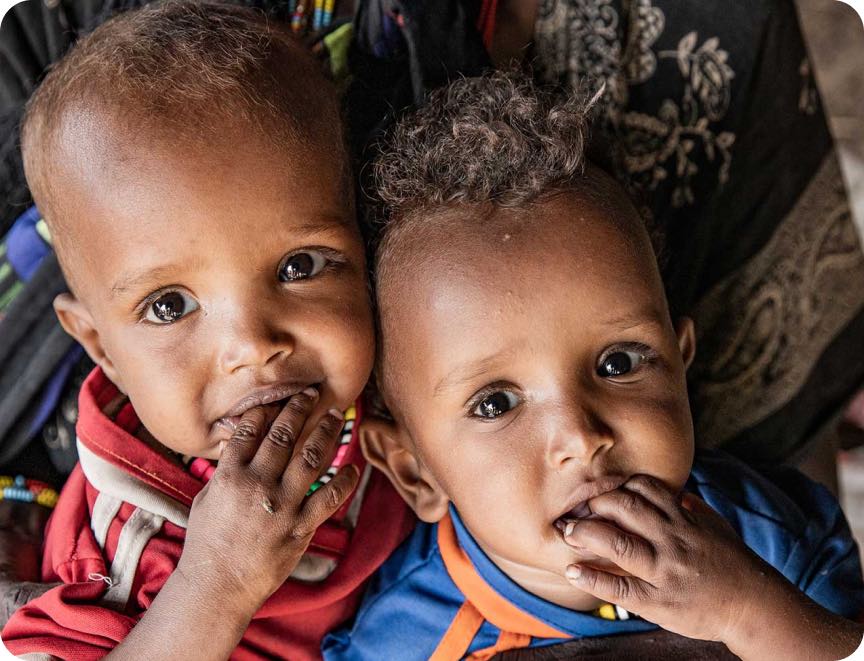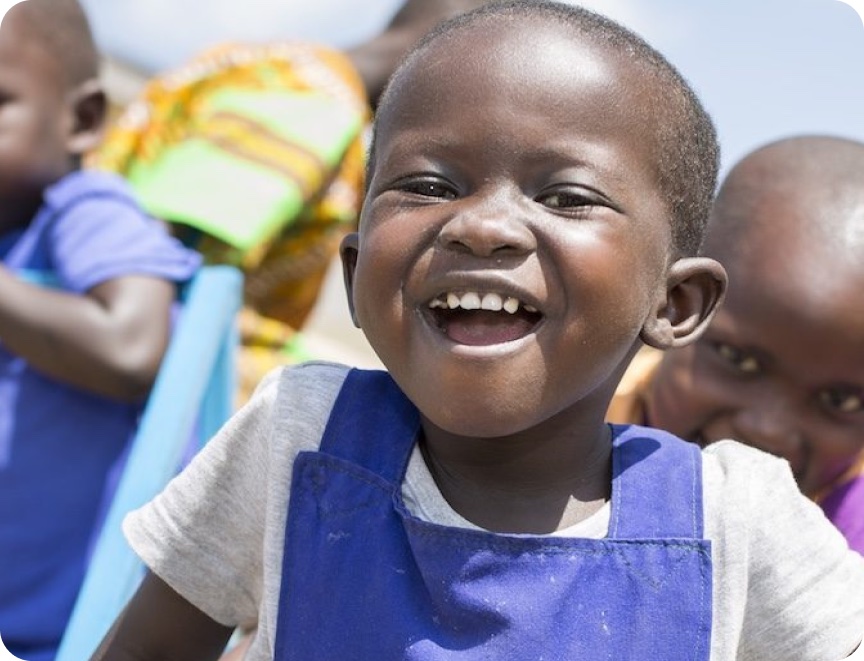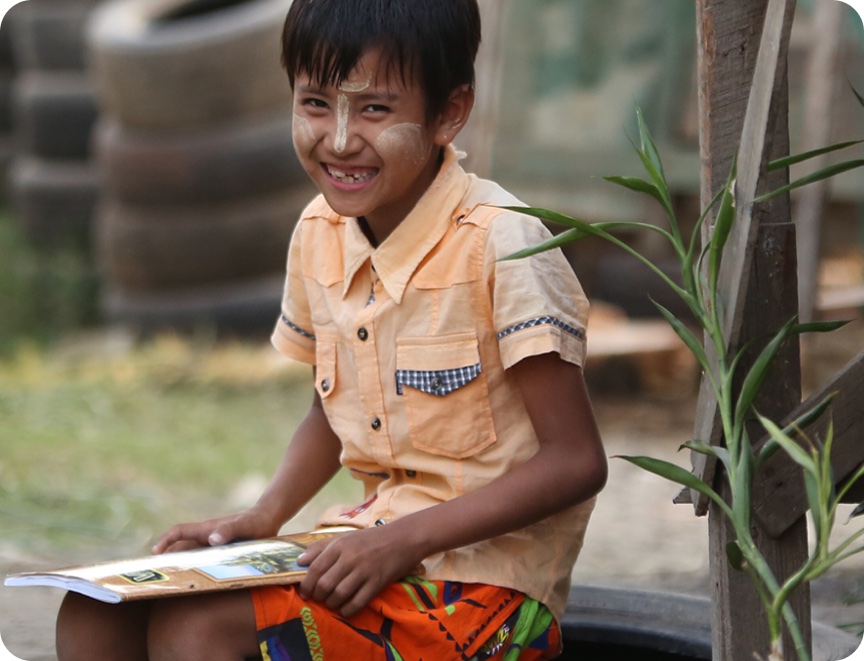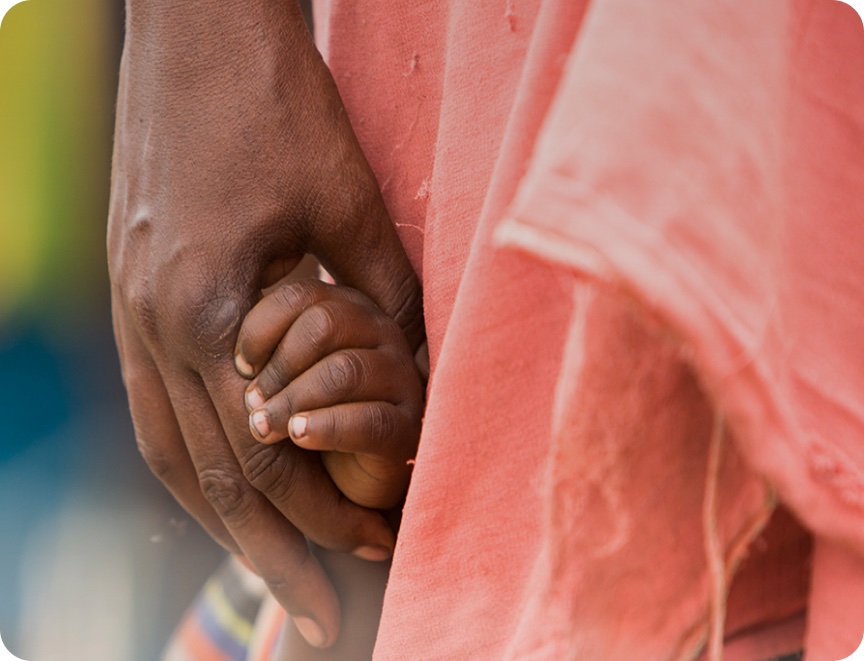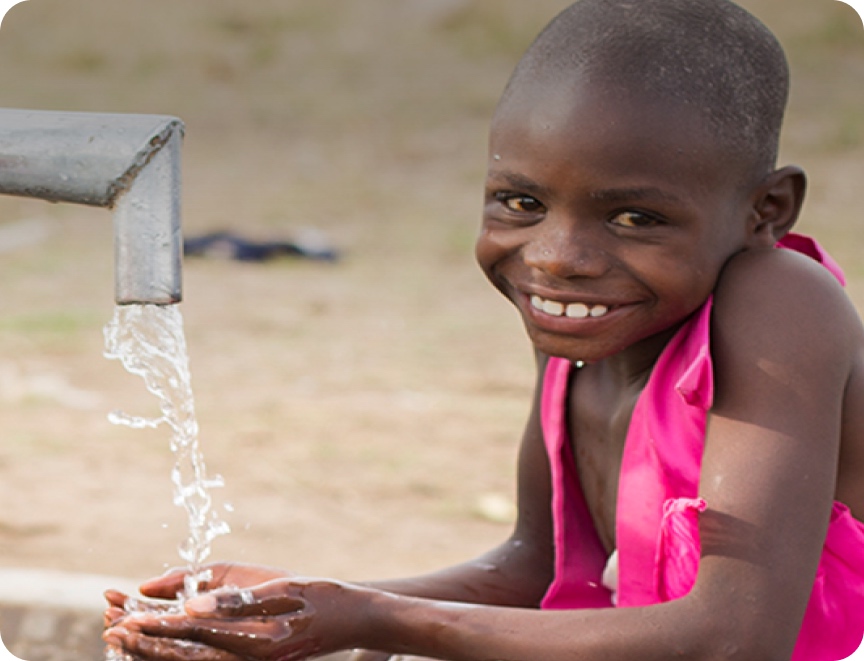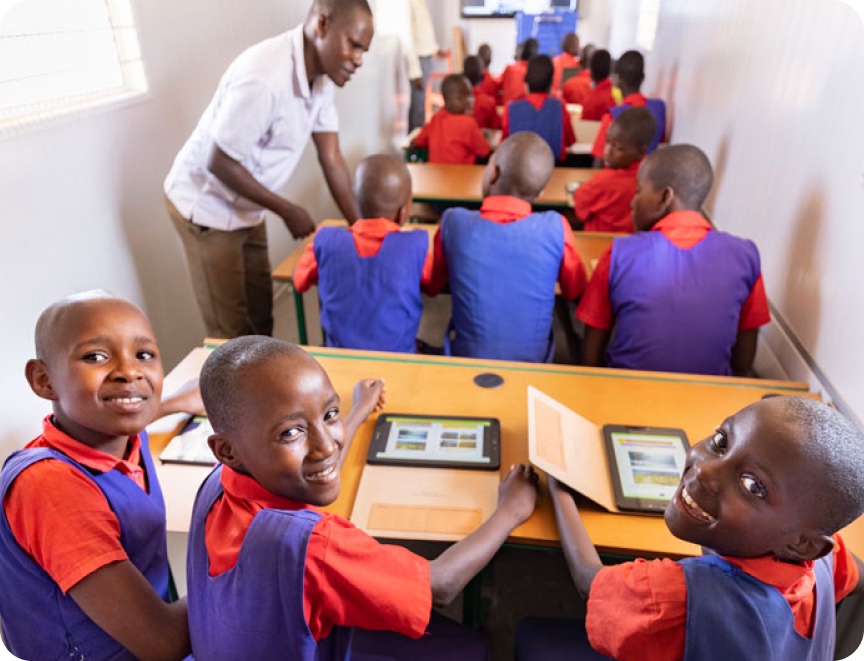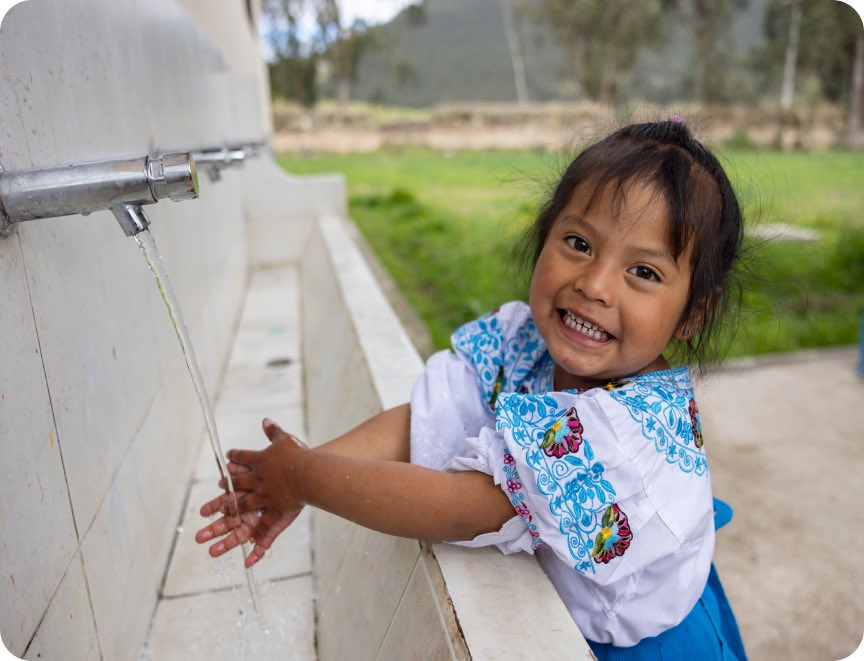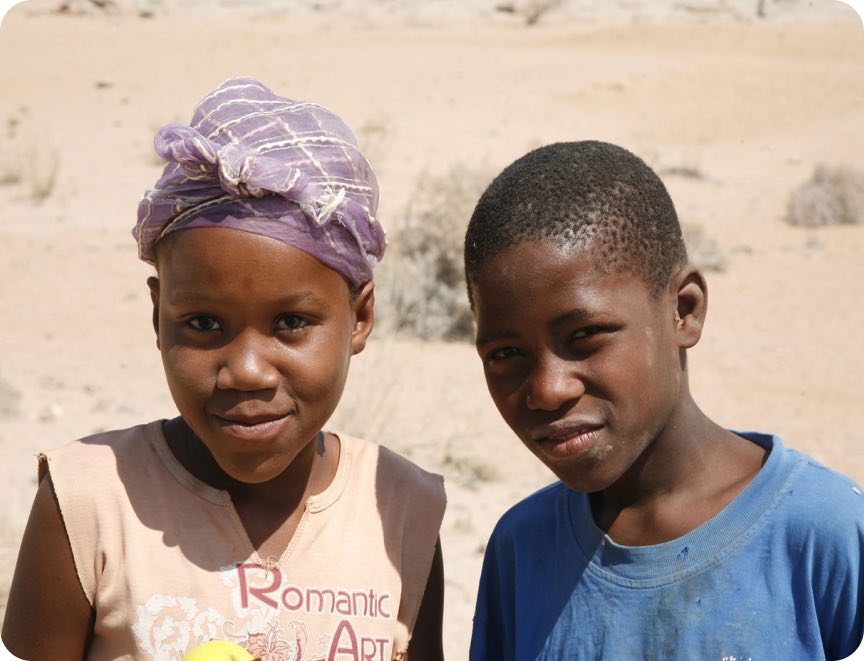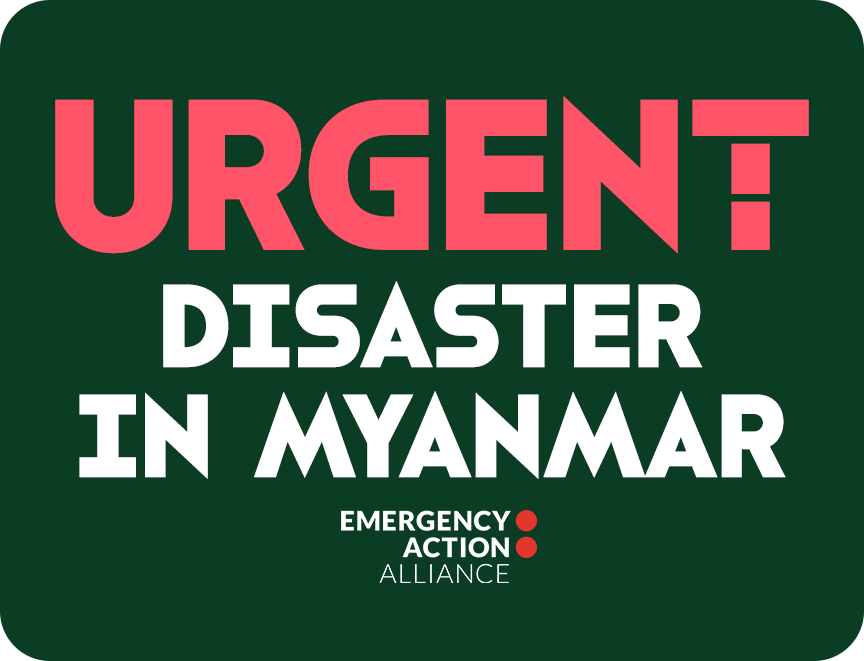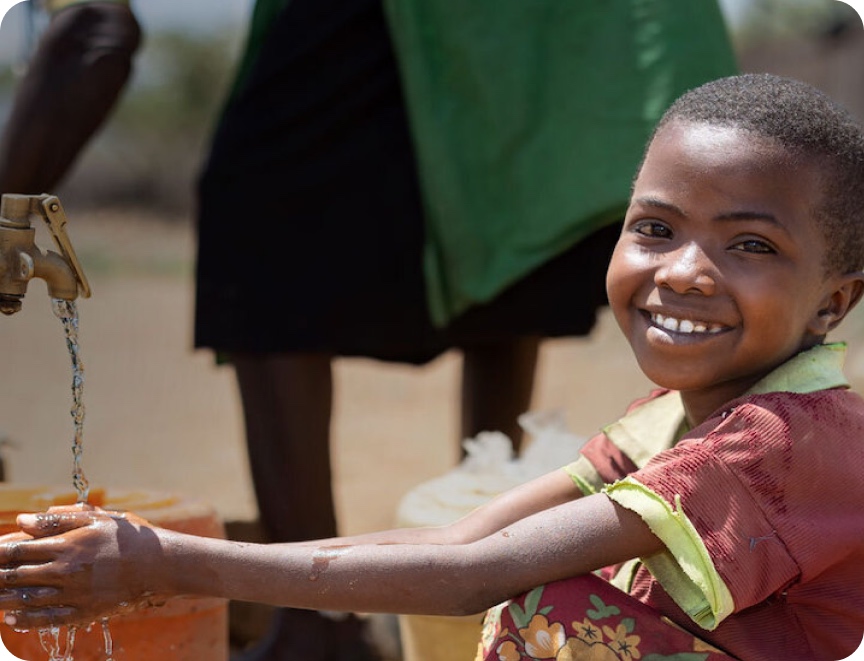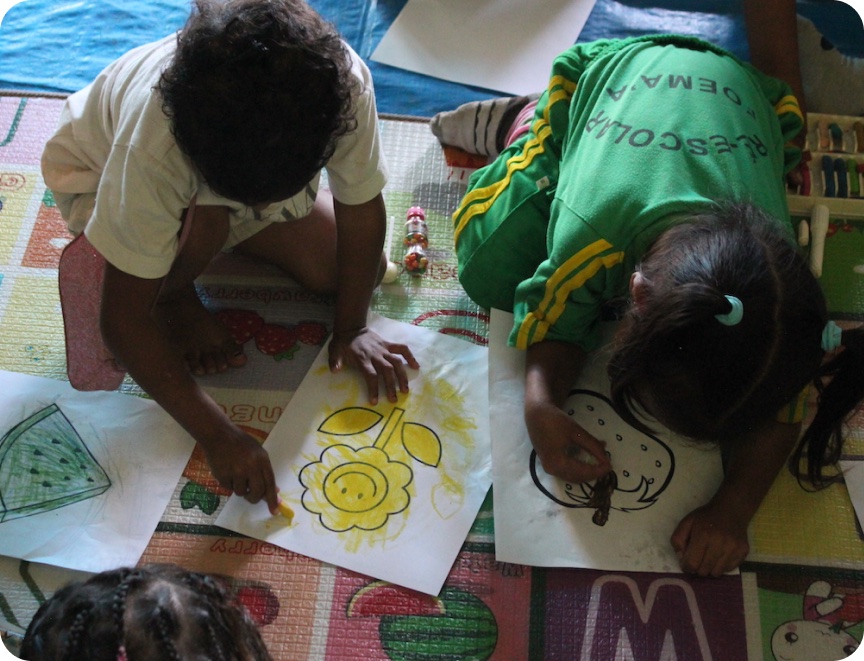Humanitarian disasters like the typhoon in the Philippines six months ago today have cost the world economy nearly $2 trillion over the last 20 years and brought the humanitarian system to the brink of collapse, warns a new report.
Humanitarian Action for Results reveals that the humanitarian system was on the brink of system overload in late 2013 because of catastrophic emergencies in the Philippines, Central African Republic and Syria. The integration of Australia’s aid program with Foreign Affairs, Defence and Trade presents a timely opportunity to ensure that the Australian Government is strongly able to respond to humanitarian crises.
The report calls for Australia to ring-fence at least 10 per cent of its aid program in next week’s Federal Budget to respond to humanitarian crises in our region and beyond, and in addition increase support for programs to reduce disaster risk.
According to ACFID’s Executive Director Marc Purcell, the report demonstrates that the scale, frequency and impact of humanitarian crises on vulnerable people is significantly increasing.
“The past 30 years have seen a steady increase in the number of disasters worldwide, and dramatic increases in both the number of people affected by disasters and hazard-related economic losses,” Mr Purcell said. “These are some concerning findings, particularly as the Australian Government gets ready to hand down the latest budget.”
The report shows that since 1980, reported weather-related disasters have increased by 233% and the drought-affected population of the earth doubled between the 1970s and 2000s.
Oxfam Australia’s Chief Executive Helen Szoke says that emergencies of similar scale to that of Typhoon Haiyan are fast becoming the new normal.
“Typhoon Haiyan was one of the strongest super typhoons ever to make landfall, affecting millions and plunging hundreds into poverty in the six months following the disaster,” Dr Szoke said. “While the scale and impact of this disaster may seem exceptional, in reality it is part of a dangerous trend that we need to tackle, particularly in Asia Pacific which contains 10 of the top 15 countries most at risk from disasters.”
The report shows that in the last four years alone, economic losses from disasters have exceeded $100 billion each year, and under the business as usual trajectory the world can expect losses from disasters to double by 2030.
According to World Vision’s CEO Tim Costello, efforts to reduce the risk of conflict and disasters are the best – and most cost effective – way to address this growing problem.
“One in five people around the world live in areas affected by fragility, conflict or large-scale violence. The humanitarian impact and costs of responding to these crises will only continue to rise unless concerted action is taken to address the root causes, not just the symptoms.
“While responding to crises will continue to be a critical need, we also recommend Australia allocates at least three per cent of its aid program towards disaster risk reduction programs.”
Humanitarian Action for Results was written by a coalition of the nation’s leading humanitarian agencies including CARE, Caritas, ChildFund Australia, Oxfam, Save the Children and World Vision, as well as the Australian Council for International Development (ACFID). Download the paper here.


